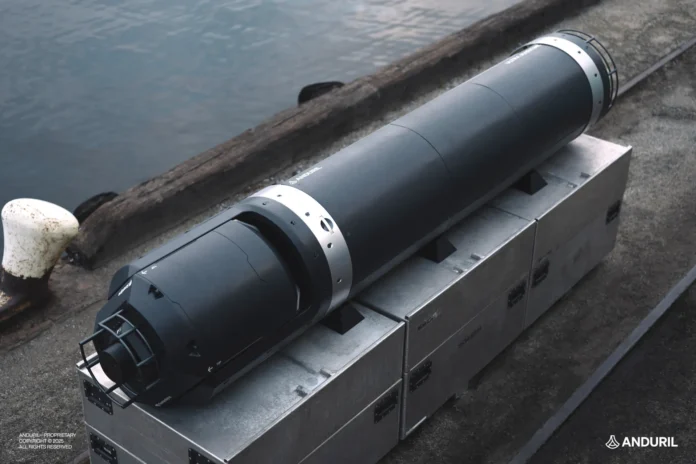Defense contractor Anduril has rolled out a new, readily deployable undersea surveillance system called Seabed Sentry, which uses networks of small and relatively low-cost modular sensor nodes. A novel sonar array with a design influenced by the extendable arms on satellites is the main sensor being paired with it now, TWZ reports.


